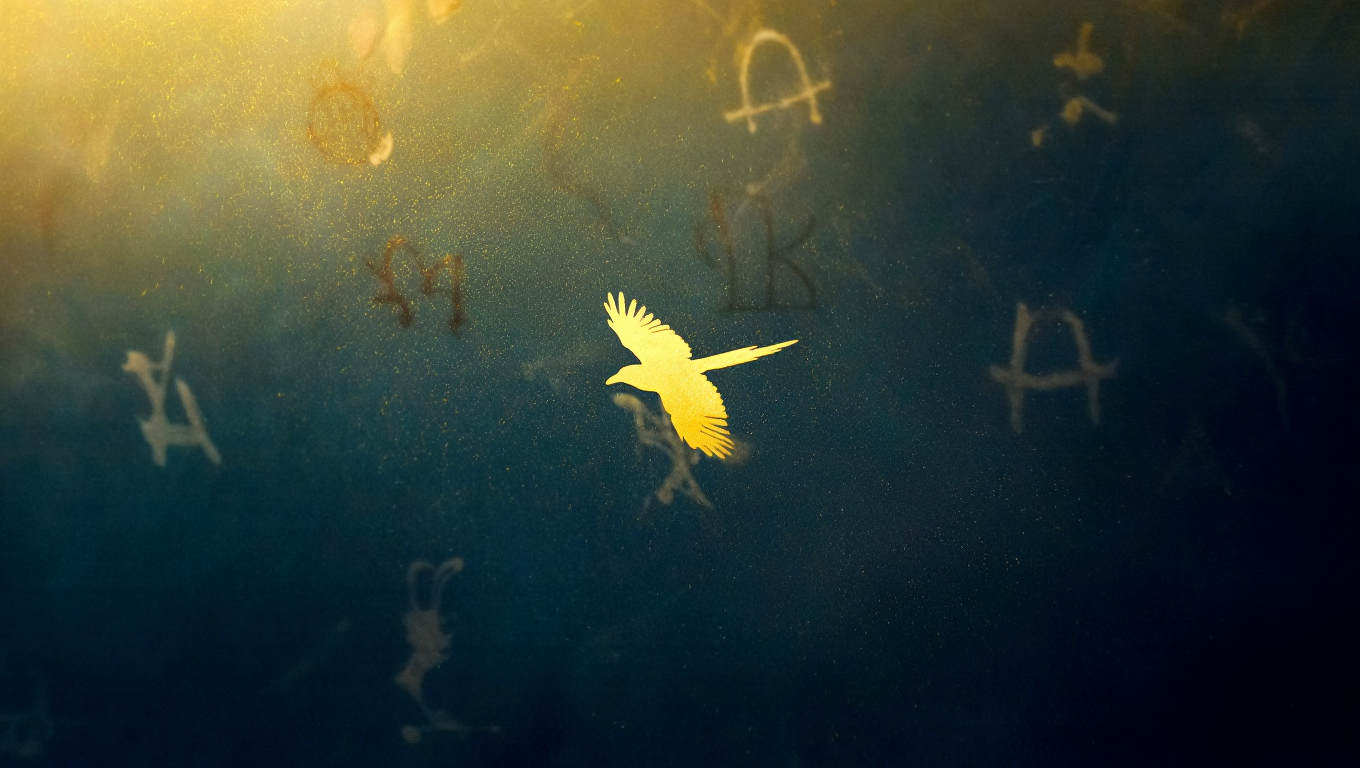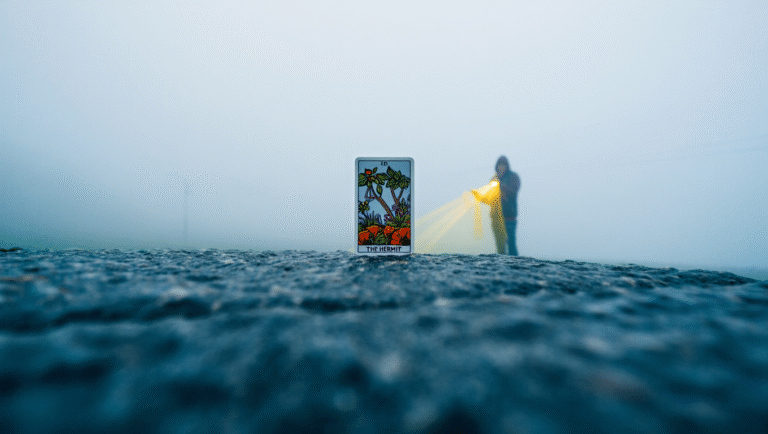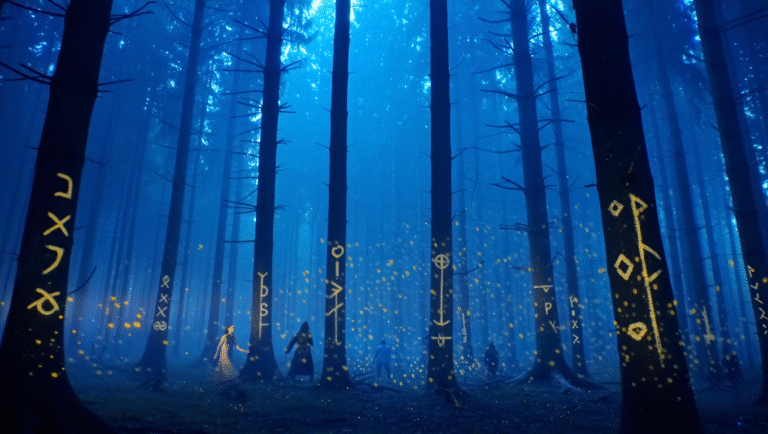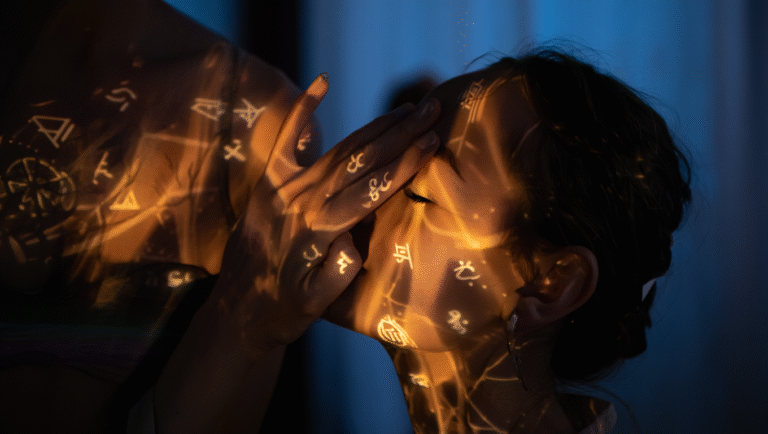Vedic Astrology vs Western Astrology
Astrology: some call it a science, others a belief system, and many of us just call it “that thing I Google when Mercury is retrograde.” But if you’ve ever tried to dive deeper, you’ve probably noticed there are not just one, but two major types of astrology out there—Vedic (aka Jyotish, the ancient system from India), and Western (the zodiac signs you see in most horoscopes). And yes, they can give you completely different results for your birth chart. So, which is “better”? What actually matters for modern life?
Context: Why Compare Vedic and Western Astrology?
It’s easy to assume all astrology is the same. But once you start exploring birth charts, compatibility, or even daily horoscopes, you’ll notice differences—sometimes subtle, sometimes huge. For example, you might be a fiery Sagittarius in Western astrology, but a grounded Scorpio in Vedic. That’s not a typo. The same birthday, two different “sun signs.”
Why does this happen? It comes down to how each system calculates the positions of planets and stars. This isn’t just trivia: your whole astrological profile can shift depending on the system.
Quick Summary Table: Vedic vs Western Astrology
| Name | Key Feature | Zodiac System | Chart Style | Amazon Guide |
|---|---|---|---|---|
| Vedic (Jyotish) | Sidereal zodiac, focuses on moon sign | Sidereal (fixed to constellations) | Square (North/South Indian) | Best beginner’s book |
| Western | Tropical zodiac, focuses on sun sign | Tropical (based on seasons) | Round (wheel) | Clear intro guide |
A Real-World Example: Two Birth Charts, Two Stories
Let’s say your birthday is March 21, 1990, 8:00 AM, New York. Here’s what happens:
- Western astrology: Sun in Aries, moon in Cancer, rising in Taurus.
- Vedic astrology: Sun in Pisces, moon in Gemini, rising in Aries.
That’s not just a small difference. If you’ve ever felt like your “sign” doesn’t fit you, this could be why!
“I always felt out of sync with my Western chart. Trying my Vedic chart opened up a whole new perspective—suddenly, things made sense.”
—Anna, Project Manager, astrology curious
Step-by-Step: How to Find Your Vedic and Western Charts (in 15 Minutes)
What you need:
- Your exact birth date, time, and place (as precise as possible).
- Internet access.
Step 1: Gather Your Birth Data
Start with your full birth details. This is non-negotiable—time and place can change your chart completely!
Step 2: Generate Your Western Chart
- Use a free tool like astro.com or the beginner’s guide above.
- Enter your data, view your “natal chart.”
- Note your sun, moon, and rising signs.
Step 3: Generate Your Vedic Chart
- Try AstroSage free Vedic chart tool (it’s surprisingly detailed).
- Enter your data (double-check time zone).
- Note your sun, moon, and ascendant (“Lagna”).
Step 4: Compare Side by Side
Write down the differences. You’ll usually see a shift of about one sign, especially for the sun and ascendant. This is due to the “ayanamsa”—the difference between the two zodiacs (about 23-24 degrees right now).
Cheat Sheet: Key Differences
- Vedic astrology uses the sidereal zodiac, which is aligned to the actual constellations. It’s more focused on the moon’s placement (thought to represent your mind, emotions, daily life).
- Western astrology uses the tropical zodiac, which is based on seasons and the sun’s path. The sun sign is the star of the show (ego, identity, “who you are”).
- Vedic charts look boxy (square), Western charts are circular (“natal wheel”).
- Predictions in Vedic often rely on planetary periods (“dashas”), while Western uses transits and aspects more.
What’s More Accurate? Science, Beliefs, and Real-World Use
Here’s the honest answer: neither system is “more scientific” in a peer-reviewed sense. Astrology isn’t a hard science. But people use both systems for self-reflection, goal-setting, and, yes, just for fun.
Some people find Vedic more accurate for life events (like career or marriage timing), while Western is often better for personality insight and psychological tools. It’s not “either/or”—many astrologers use both.
“Astrology isn’t about predicting your future—it’s a lens for understanding yourself and your patterns. Pick the system that resonates with you, and use it as a tool, not a rulebook.”
—Melissa Kennedy
Tool Comparison Table: Best Astrology Books & Tools
| Name | Type | Who it’s for | Price range | Amazon link |
|---|---|---|---|---|
| Light on Life by Hart de Fouw & Robert Svoboda | Vedic guidebook | Deep-dive beginners, advanced | $$ | Check price on Amazon |
| Parker’s Astrology | Western visual guide | Visual learners, beginners | $$ | See today’s deal |
| AstroSage | Online Vedic chart tool | Anyone, free option | Free | Try it online |
| astro.com | Online Western chart tool | Anyone, free option | Free | Try it online |
Practical Checklist: Which Astrology System Fits You?
- If you want more focus on psychological insight and personal growth: Try Western astrology.
- If you want life event timing (career/marriage predictions): Vedic astrology may be a better match.
- If you’re into rituals: Both systems have unique practices—Vedic has gemstone remedies and mantras; Western has lunar rituals and solar return charts.
- Prefer digital tools? Both have excellent free chart calculators and phone apps.
- Curious? You can use both systems! Many modern readers (myself included) blend Vedic and Western for a fuller picture.
15-Minute Ritual: How to Check Both Charts and Journal Insights
- Set a timer for 15 minutes.
- Open your Vedic and Western charts online (see links above).
- Write down your sun, moon, and rising in both systems.
- Notice what feels “true” or surprising. Jot down three traits or insights from each system.
- Pick one action item (for example: “I’ll try a moon meditation this week” or “I’ll look up my planetary period in Vedic astrology”).
Tip: Your “aha!” moment might come from the differences, not just the similarities.
Bottom Line: It’s Not About Picking Sides
Vedic and Western astrology are like two different lenses for understanding yourself. They use different math and philosophies, but both can be practical tools for reflection—and even fun party tricks.
My advice? Try both. Notice what resonates. Use astrology as a tool, not a rulebook. And don’t be afraid to blend insights from both systems into your everyday life.
Curious to go deeper? Check out the books and online tools above, or try a dual reading with a professional. And if you want to jump into beginner-friendly astrology gear, see what’s trending on Amazon:
This post may contain affiliate links. If you purchase through them, it won’t cost you extra, but it helps keep this site running.







